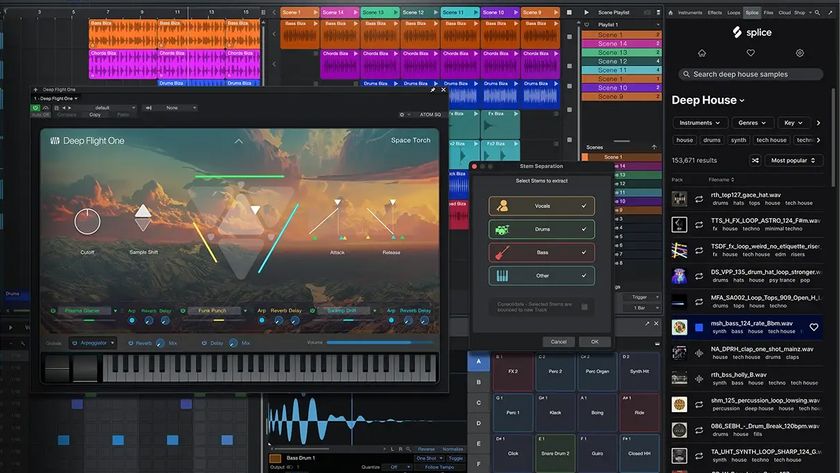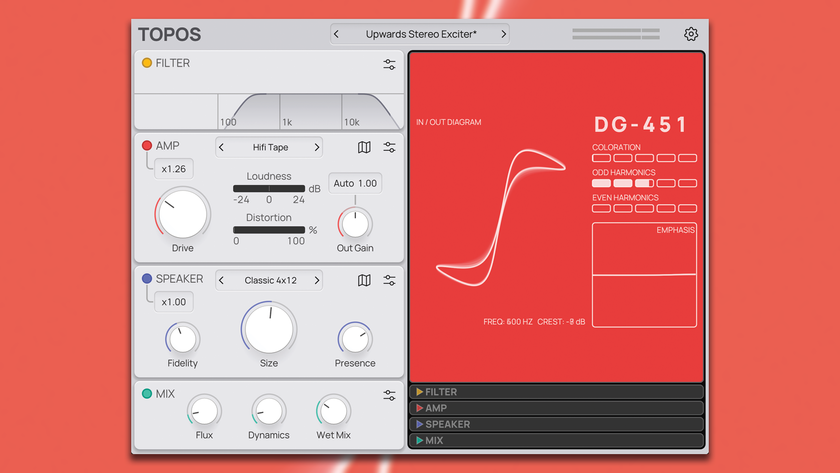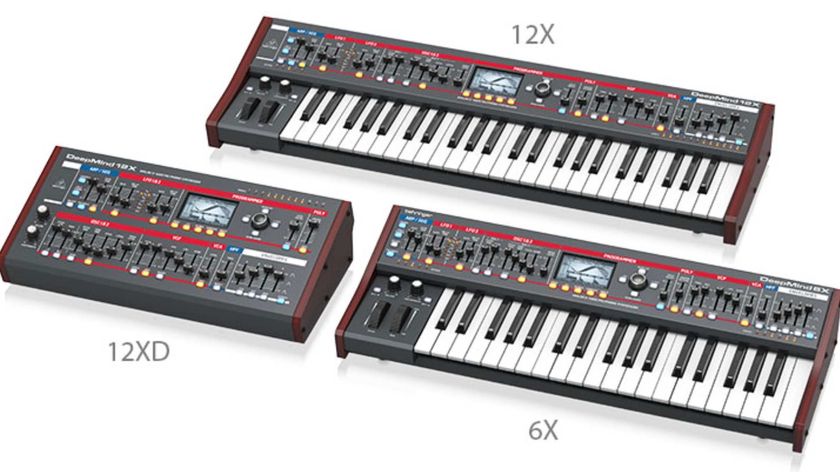10 innovations that wouldn't exist without Ableton Live
As Ableton Live turns 20, we trace its distinctive impact on the shape of modern music technology
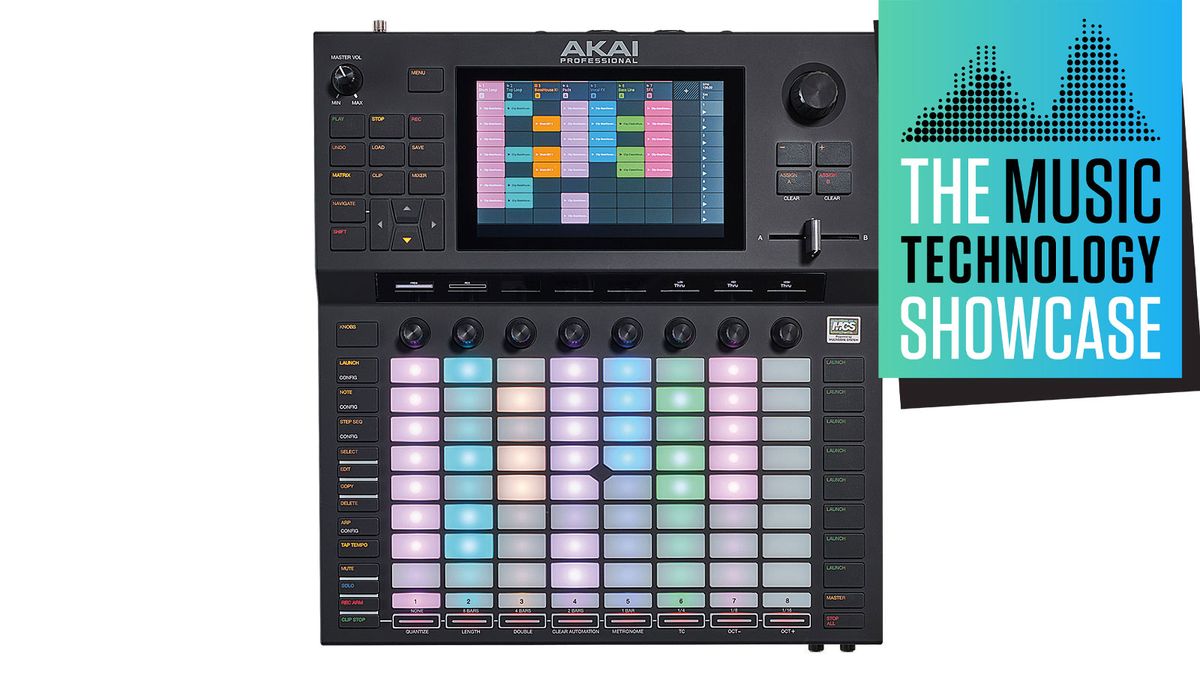
Music Tech Showcase 2021: Ableton Live hits its 20th anniversary this month. In honour of that birthday, we're looking back at its influence on electronic music making over the past two decades.
Since 2001, Live has spawned an ecosystem of supporting hardware and software, both for Live users, and for electronic musicians in general. It's also inspired a few contenders to the clip-launching crown. Here’s our top ten innovations that wouldn't exist without Live…
1. Novation Launchpad
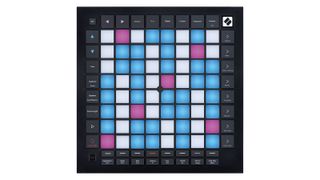
Novation’s Launchpad was the first MIDI hardware controller to literally reflect what’s seen in Live’s Session View. An 8x8 grid of illuminated buttons, capable of launching clips and scenes or playing instrument parts, it says everything that the Launchpad is still going strong, now comprising a range with varied capabilities and at different price points. Traditionalists, meanwhile, can make use of Novation’s Launchkey range. Pads and keys alike are also compatible with other software, and in some cases, hardware.
2. Bitwig Studio
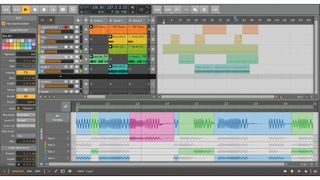
Maybe a controversial one, as Bitwig Studio is a DAW created by former Ableton employees. When Bitwig launched, nobody knew what would happen – would it crush, or be crushed? Well, the truth is less dramatic; Bitwig and Ableton are both going strong. Ableton remains the big name, but Bitwig are a constant presence and always pushing forward with new developments. And it’s impressive to see it running on Microsoft’s Surface.
3. Akai Force
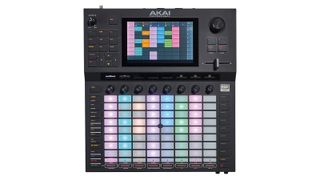
This is not so much ‘influenced’ by Live, as being almost ‘Live in a box’. The Force comes across as a standalone Push, and it can even control Live like (a limited) Push, and – get this – it can import and export Live projects, but it also enjoys a healthy separate existence as a self-contained sequencer, synth platform, and sampler. You can’t look at the Force and not think of Ableton, but after some play time you might forget the computer altogether.
Get the MusicRadar Newsletter
Want all the hottest music and gear news, reviews, deals, features and more, direct to your inbox? Sign up here.
4. Playing live with computers

If Live had not existed, who knows what we’d be doing for our live sets. Although the modular and hardware synth revival has been a powerful influence, computers are still on stages everywhere, whether you can see them or not. Live is running so many live shows now, it’s ridiculous. Performance today would be totally different without Live.
5. Max For Live and more
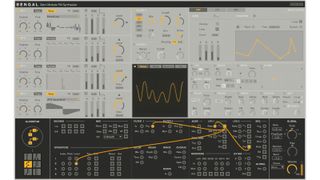
Cycling 74’s Max/MSP software has been enabling us to make our own MIDI/audio/video tools since 1997, and since 2009, Live users have been able to use it in the form of Max For Live, creating and editing instrument and effect devices in Live itself.
This has spawned a level of development with creative and utility tools that Ableton could never have had the resources to produce within the company. Even if you’re not somebody who likes to build things, you can simply enjoy using the library of factory devices, and those available from sites such as maxforlive.com
6. Content providers
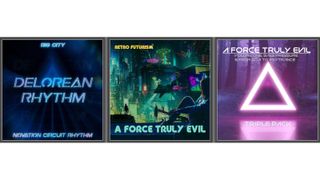
Max For Live has spawned a veritable cottage industry when it comes to free and paid material being available in the form of Live Packs – content packages that can be opened inside Ableton Live.
Isotonik Studios for example, offer up a wide range of Live packs containing presets and even entirely new devices. Beyond that, however, Isotonik also provide custom control surface scripts for hardware devices, adding new functions.
7. Alive In VR
Anybody who owns a VR setup and has Live installed needs to try this, available from online gaming outlets. Imagine manipulating your music with a huge 3D Push-style interface, where you can take it even further and pull out the pads/blocks and position them around you in a 360 environment.
Music-making doesn’t get more immersive, and it’s great to see how well the Live ‘blocky Session View’ interface translates to this type of environment. This could be – should be – the future.
8. Logic Pro Live Loops
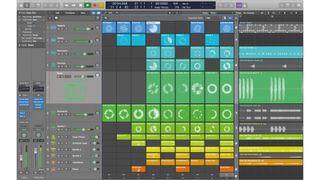
More recently, Apple have introduced their own ‘session view’ in the form of the Live Loops feature, appearing in GarageBand iOS, and later in Logic Pro X. Speaking entirely truthfully, our first reaction upon learning of this addition was ‘what took you so long?’.
With built-in upport for Novation’s Launchpad (see above), you can create your project in Logic Pro with a minimal transition between composition and jamming. The Session View has always been what made Live particularly unique; and only time will tell how this will affect Ableton and any plans they might have for the future.
9. Link
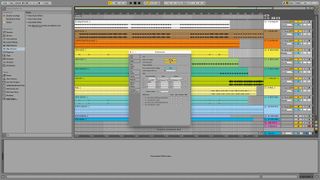
Ableton Link is a means by which you can sync software and hardware wirelessly – and this is very much a welcome alternative to the sometimes gear-heavy options afforded by MIDI setups.
All that you’ll need is two or more Link enabled devices, and then you’re off. Link provides some very basic tempo sync, as well as start/stop, and that’s it, very simple but effective. Link has no sync ‘master’ or ‘slave’ – anybody can join or leave at any time, and anybody can change tempo.
Link has spread out to many iOS and Android apps, other DAWs, and even hardware products such as the Akai MPC sampler/sequencer and Torso Electronics T-1 sequencer. Ableton maintain a full list of Link-enabled products that you can view here at ableton.com/en/link/products/
10. Korg Gadget
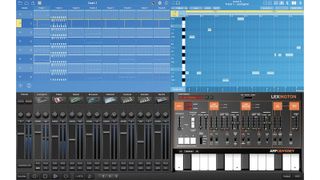
Korg Gadget is a DAW that runs on macOS, iOS, and even the Nintendo Switch! The separate instrument plugins (the ‘gadgets’) can be installed as plugins for macOS and Windows.
We’ve dreamed of a truly ‘portable’ version of Live, maybe even touch-enabled, and while Ableton are still investigating the possibilities, Korg are up and running with it. Furthermore, Gadget projects can be exported as Ableton Live sets, complete with audio/MIDI tracks.


Future Music is the number one magazine for today's producers. Packed with technique and technology we'll help you make great new music. All-access artist interviews, in-depth gear reviews, essential production tutorials and much more. Every marvellous monthly edition features reliable reviews of the latest and greatest hardware and software technology and techniques, unparalleled advice, in-depth interviews, sensational free samples and so much more to improve the experience and outcome of your music-making.


